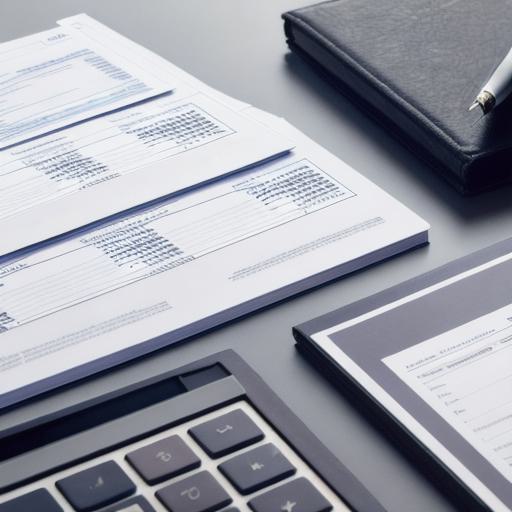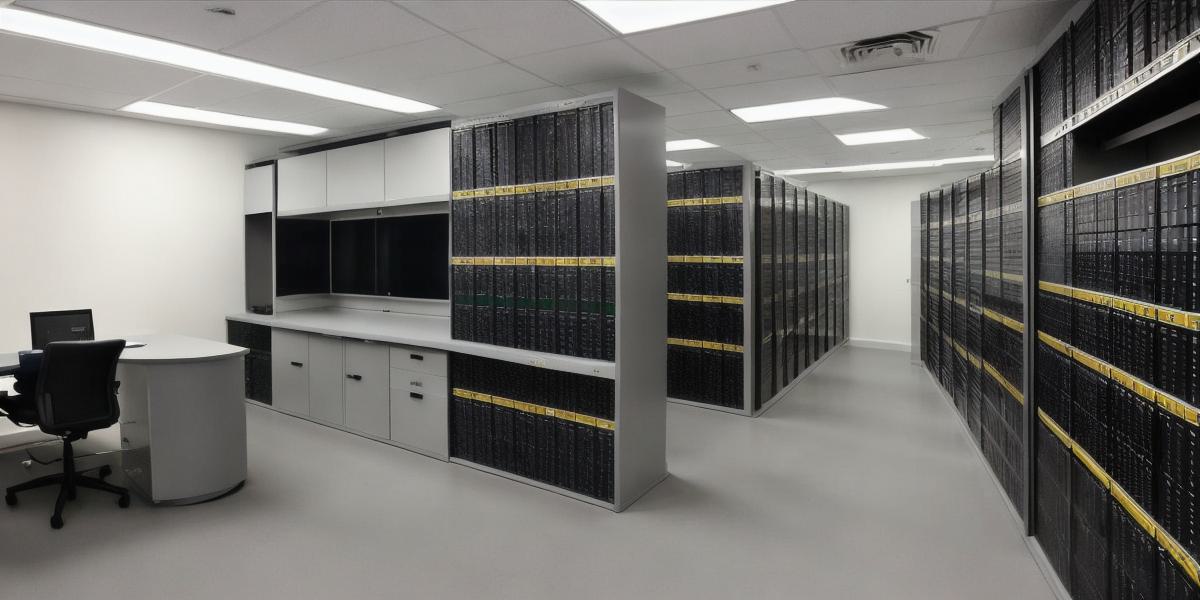Introduction:
Setting up a data room is an essential step for businesses undergoing mergers and acquisitions, raising capital, or implementing significant projects. A well-organized data room showcases your company’s transparency and preparedness to potential investors, buyers, or partners. In this guide, we will discuss the steps to properly set up a data room to ensure a successful outcome for your business.
-
Define Your Data Room Objectives
Before beginning the setup process, it is essential to define the objectives of your data room.Are you preparing for an M&A deal or raising capital?
Understanding your goals will help tailor the data room’s content and presentation.
-
Collect and Organize Your Data
Gather all necessary documents, including financial statements, legal contracts, tax records, and project plans. Ensure that the data is properly labeled, indexed, and easily accessible to authorized users. Use a logical filing system for efficient navigation and organization. -
Implement Access Controls
Protect your sensitive information by implementing access controls. This may include user authentication, data encryption, or IP address filtering. Restrict access only to authorized individuals to maintain confidentiality and minimize the risk of data breaches.
-
Prepare a Virtual Data Room (VDR)
A virtual data room offers numerous advantages over physical data rooms. It allows for 24/7 access from anywhere, reduces costs, and increases security. Choose a reputable VDR provider and follow their setup instructions to ensure a smooth implementation. -
Train Your Team
Ensure that your team understands the importance of maintaining a well-organized data room and is familiar with the setup process. Provide training on access controls, document organization, and communication protocols to ensure an effective and efficient data room experience. -
Communicate Effectively
Clear and concise communication is crucial when working with external parties. Establish a communication plan that includes regular updates, progress reports, and response times. Ensure that all parties are aware of the data room’s objectives, access protocols, and expectations.
Conclusion:

Creating an effective data room requires careful planning, organization, and execution. By following these steps and establishing clear communication channels, you can create a data room that showcases your company’s transparency, preparedness, and commitment to success. Remember, a well-organized data room not only helps ensure a successful outcome but also builds trust and confidence with potential investors, buyers, or partners.
